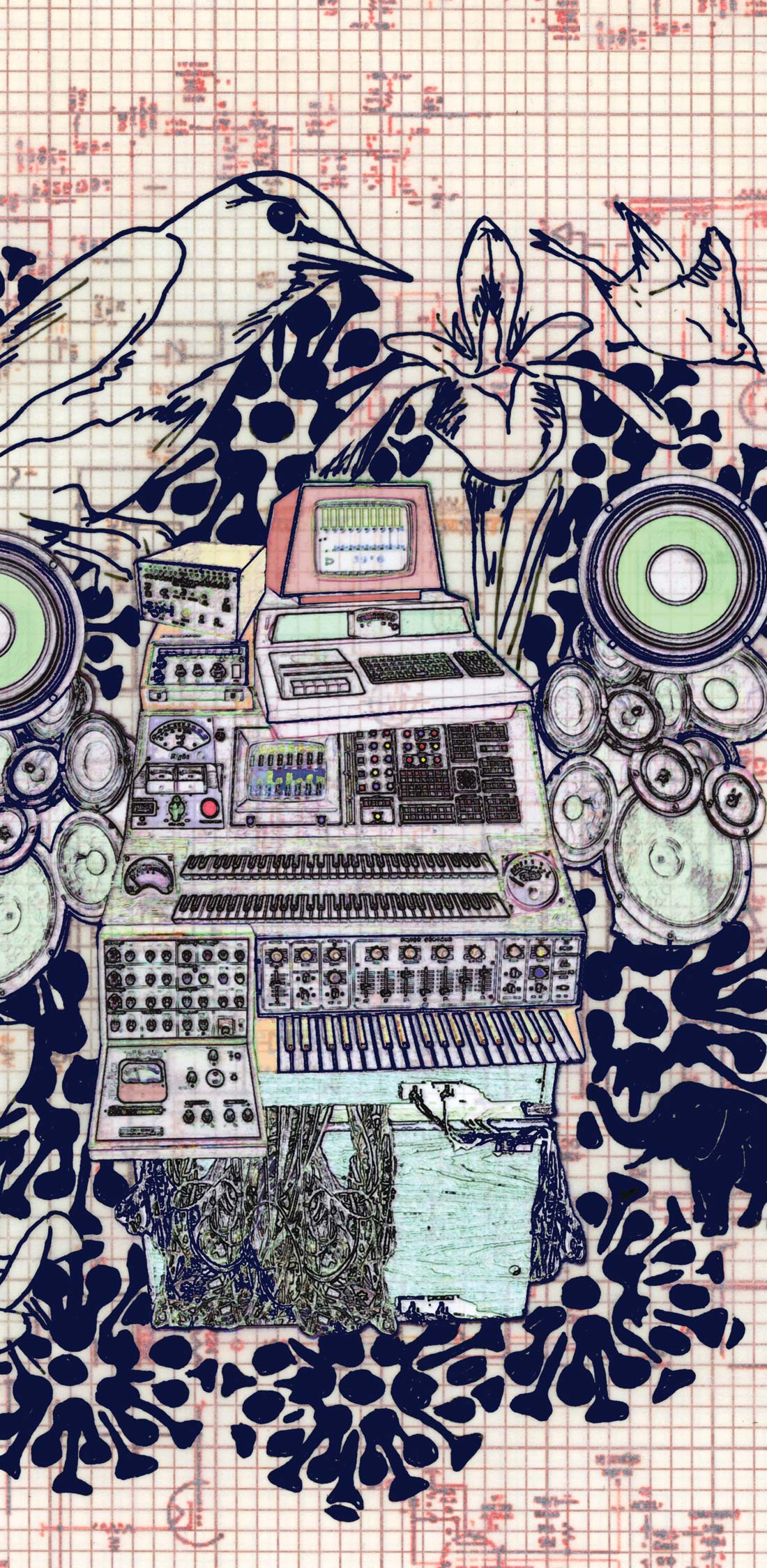Let me start by mentioning a few things about Pro Tools M- Powered 7 that Dana missed in his review of PT MP 7 and the M-Audio ProjectMix I/O. First of all, you can download a free demo of PT MP 7 from either the Digidesign or M-Audio websites. This is a first for Pro Tools. If you haven't had a chance to use Pro Tools, here it is. All you need is an iLok and one of the many M-Audio interfaces that work with PT MP. Speaking of interfaces, I know that a whole bunch of y'all lug around an Mbox to use as a glorified dongle to mix on PT LE. Now you can choose any of the twenty compatible interfaces listed on the M-Audio website instead, including the super-compact JamLab guitar system and the truly pocket-sized Transit interface. Heck, you can even use an M-Audio Ozone MIDI keyboard workstation as your Pro Tools interface! Unlike PT LE, PT MP doesn't support Digidesign's Ethernet-based control surfaces (but wouldn't you just use a ProjectMix I/O with MP, not a Control|24?) or the Digidesign custom keyboard. It also comes with less bundled software (no junior versions of Reason, SampleTank, AmpliTube, T- RackS EQ). It doesn't support DV Toolkit, which is pretty much required if you're a pro doing music to picture on an LE system, nor does it support Avid peripherals. But consider that PT MP 7 streets for $250, and with it, you can add real Pro Tools functionality to the M-Audio interface of your choice-even to the $60 (street) JamLab.
I chose the buss-powered FireWire Solo because I wanted balanced outputs to drive the ADAM P11A's in my home office and S/PDIF digital I/O for making digital transfers. The FireWire Solo also has a phantom-powered XLR mic input and a 1/4'' guitar input, making it the perfect setup for a singer-songwriter or even a podcaster. I tried out the mic preamp on voice, acoustic guitar, and room sounds. It sounded surprisingly clean. I wouldn't try to eek out enough gain to use a vintage ribbon mic, but with any decent condenser mic, you can really get a nice recording with this box. The DI sounded good too, without putting an excessive load on passive pickups, but it did tame the high-end on an acoustic when used without a purpose-built preamp for its piezo pickup. The analog output sounds great, and I'm having no problems making crucial editing decisions while I prepare projects at home on PT MP for final mixing on the PT HD rig in my studio. I also recently removed one of the dusty DAT machines from my studio rack, and I'm now using it to feed the FireWire Solo so I can archive my many prehistoric DAT tapes to CD and DVD when I've got downtime.
The FireWire Solo is bundled with Ableton Live Lite 5, and it's compatible with ASIO2, WDM, GSIF2, MME, and Core Audio. Its metal case feels solid, and its controls work smoothly. For $200 street, it's not only a great way to make music for a solo musician at home or on the road, it's also the perfect audio device if you want to drive a high-quality monitoring setup from your Mac or PC. ($249 MSRP; www.m-audio.com)




_disp_horizontal_bw.jpg)